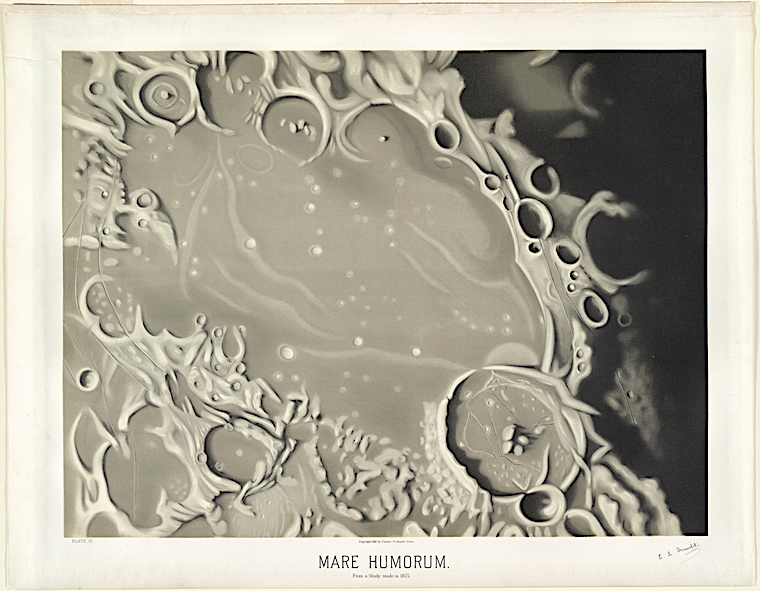45 years ago, ABBA’s music was inescapable. 25 years ago, it had become a seemingly unwelcome reminder of the inanities of the 1970s in general and the days of disco in particular. But now, it’s revered: rare is the 21st-century music critic who absolutely refuses to acknowledge the Swedish foursome’s mastery of pure pop songwriting and studio production. With current musicians, too, naming ABBA among their inspirations without embarrassment, the time has surely come for ABBA themselves to return to the spotlight — a spotlight that first illuminated them for the world in 1974, when their performance of “Waterloo” won the Eurovision Song Contest.
ABBA’s streak lasted until the early 1980s, ending in a hiatus that ultimately stretched out to some 40 years. Pop culture has changed quite a bit in that time, but technology much more so. The band have thus put together a thoroughly modern comeback involving not just a new album, but also a live show starring computer-generated versions of members Björn Ulvaeus, Benny Andersson, Agnetha Fältskog, and Anni-Frid Lyngstad — “Abbatars,” as Ulvaeus calls them.
Beginning next year, they’ll play ABBA’s hits in a custom-built 3,000-seat arena in London’s Olympic park, engineered to accompany each song with their own elaborate light show. Animated with motion-captured performances by the real ABBA, their appearance has been modeled after the way the band looked in the 1970s (if not quite the way they dressed).
Titled Voyage, this digital ABBA experience will open in 2022, thus solving the problem of touring that had long discouraged a reunion. “We would like people to remember us as we were,” Ulvaeus said in the late 2000s. “Young, exuberant, full of energy and ambition.” But with all four now-septuagenarian members still alive and able to make music, remaining wholly inactive seems to have started feeling like a shame. They made their return to the studio in 2018, recording the new songs “I Still Have Faith in You” and “Don’t Shut Me Down,” both of which will appear on the new album, also called Voyage, coming out in November. All this will bring back memories for longtime fans, as well as provide a thrilling experience for their many listeners too young to have experienced an ABBA show or album release before. But I can’t be the only member of my generation wondering if, twenty years from now, we’ll be buying tickets for a digitally re-created Ace of Base.
Related Content:
How ABBA Won Eurovision and Became International Pop Stars (1974)
Listen to ABBA’s “Dancing Queen” Played on a 1914 Fairground Organ
This Man Flew to Japan to Sing ABBA’s “Mamma Mia” in a Big Cold River
Based in Seoul, Colin Marshall writes and broadcasts on cities, language, and culture. His projects include the Substack newsletter Books on Cities, the book The Stateless City: a Walk through 21st-Century Los Angeles and the video series The City in Cinema. Follow him on Twitter at @colinmarshall or on Facebook.







